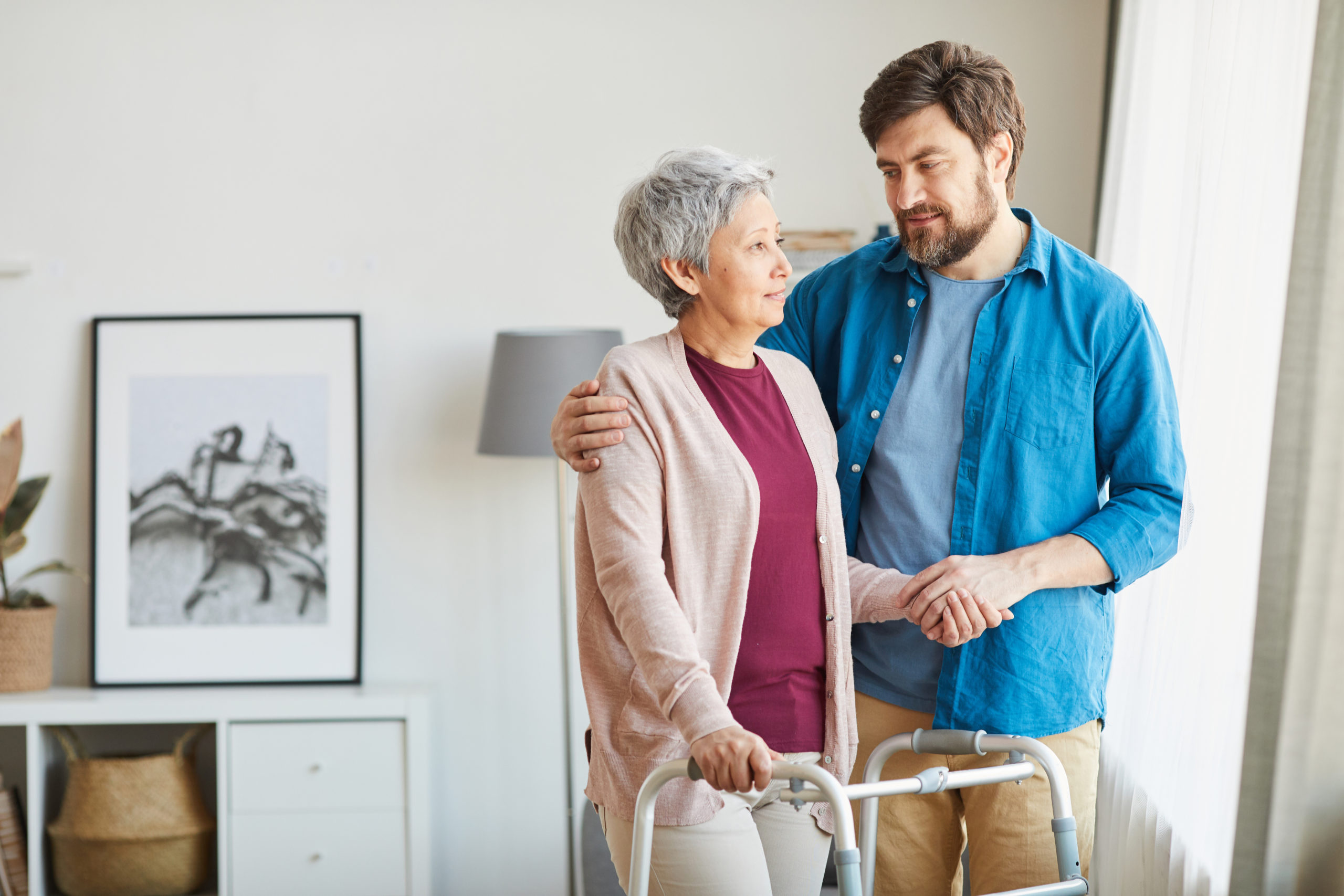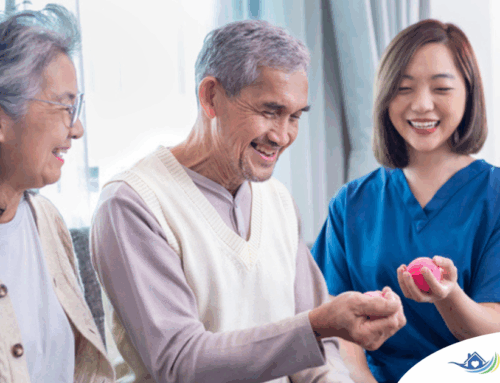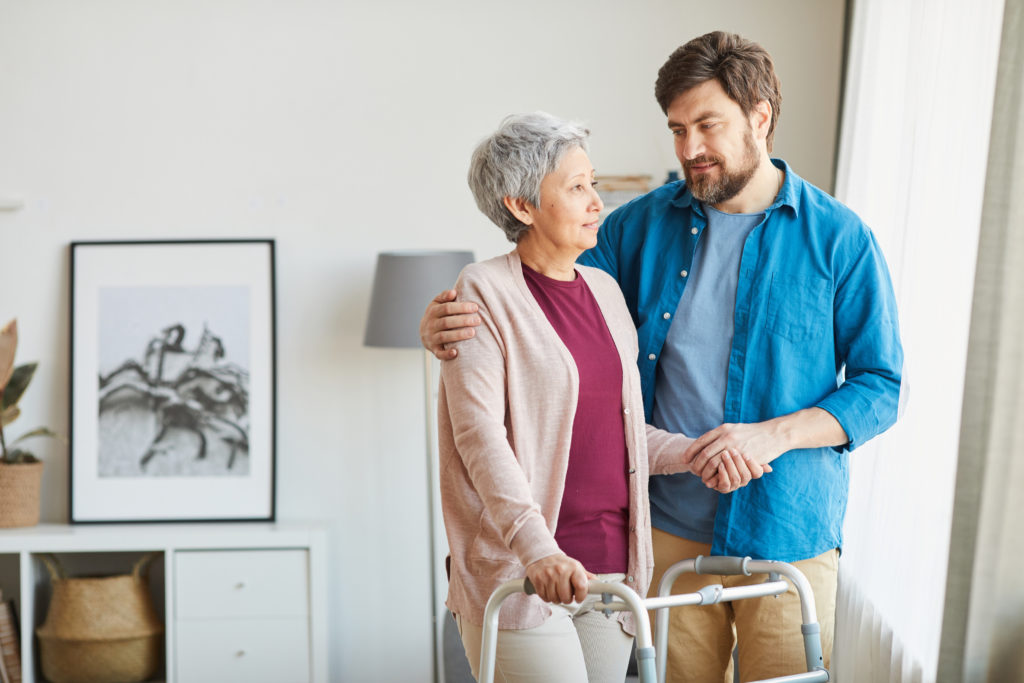
Back in April, we shared an article detailing some benefits of fall prevention and home safety checks. Now, we want to dive deeper into home safety checks and how they are conducted.
Safety Measures For Seniors Who Choose to Stay Home
When people age, they often lose mobility. Many elderly adults choose to live in assisted living communities, nursing homes, or other residences in which they can receive daily help. On the contrary, many seniors opt to stay within the comfort of their own homes as they age.
For those seniors who want to maintain a degree of independence at home, it is imperative that their living environment is safe.
The Benefits of Home Safety Checks
Home safety checks are an extremely helpful practice when caring for elderly individuals. They can provide added security and safety, especially for seniors who might struggle with falls and other household accidents.
The basics of a home safety check focus on ensuring that a home environment is free from hazards. This includes cutting down on falling hazards such as clutter, uneven flooring, poorly lit rooms, and more. Home safety checks allow for seniors and their caregivers to take preventative measures that can save lives.
Home safety checks can be completed by friends and family who want to check up on a loved one, as well as by professional caregivers.
Developing a Checklist
If you are helping an elderly individual keep their home environment safe, it can be helpful to utilize a checklist.
Professional caregivers can be expected to refer to a checklist when conducting home safety checks. Most caregiving providers develop their own safety checklists based on standard protocol and expertise regarding elderly care.
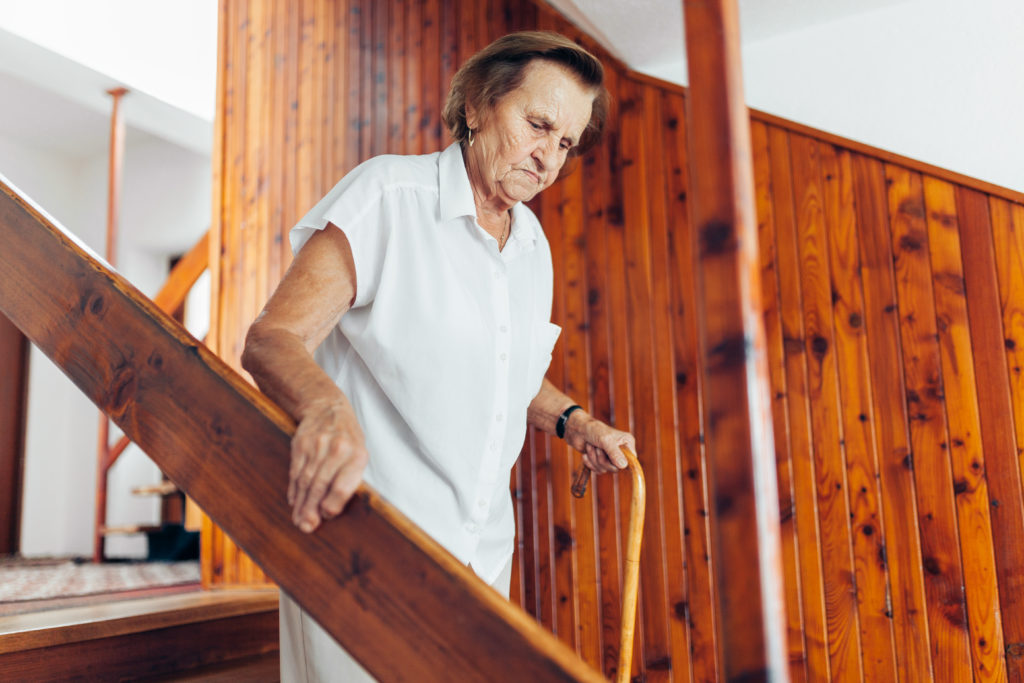
If you are providing home checks for a loved one, many nursing homes, elderly care services, and health experts offer online checklists that can work as a guideline. For example, the CDC has published a free booklet providing a checklist for home safety and fall prevention. The CDC instructs checking for potential hazards in areas including:
- Kitchen
- Bathroom
- Floors
- Bedroom
- Hallway
- Stairway
General Safety Guidelines
General guidelines for preventing falls and other accidents at home include:
- Checking for clutter on floors (papers, clothing, shoes, books, boxes, etc.)
- Removing any potential tripping hazards (cords, wires, rugs, etc.)
- Keep areas clearly lit (especially hallways and stairwells)
- Consider installing additional light switches around the house for easier access
- Secure handrails in stairwells, hallways, showers, kitchens, etc.
- Fix loose or uneven floorboards and steps
- Place frequently used household objects in easy to reach areas (lower shelves versus high-up shelves)
- Keep emergency numbers in large print near each phone
- Keep house phones in low areas for easy access in case of a fall
Preventative Measures
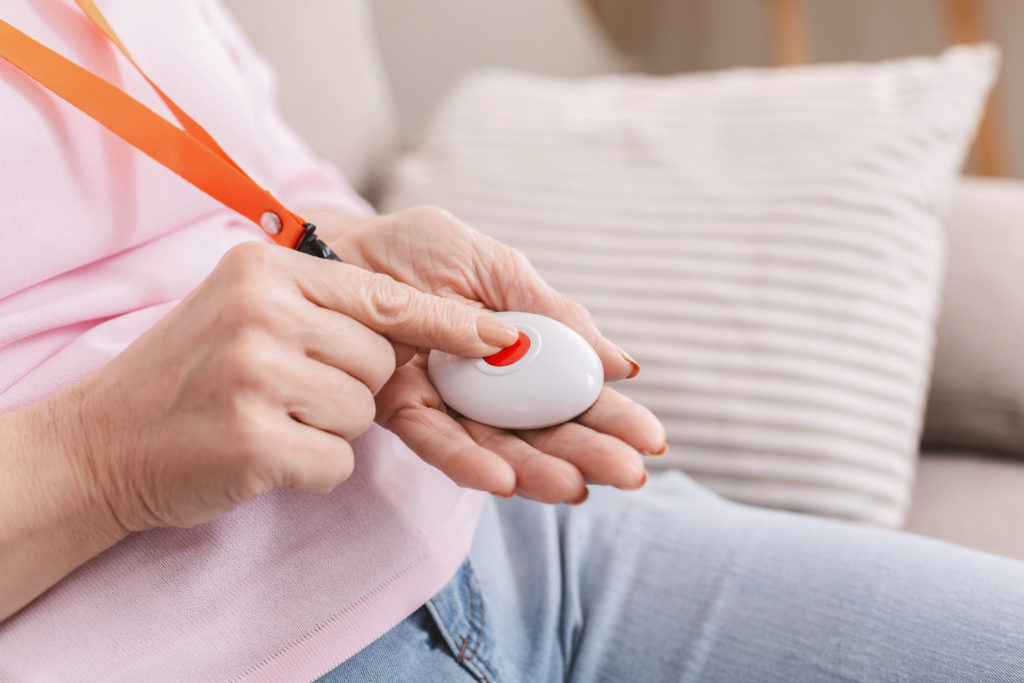
There are also a number of preventative measures you can help an elderly individual take to promote their safety. For added safety, an elderly individual who needs help around their home can:
- Keep an emergency call button on them at all times in case they fall and cannot reach a phone
- Exercise regularly to promote mobility
- Get regular vision checks and correct poor vision as much as possible to prevent accidents
- Talk to their doctor about avoiding medications that create dizziness or sleepiness
- Get up gradually and slowly from chairs and beds
- Wear supportive shoes at all times, avoid slippers
Clear Communication
For many elderly adults, falls and other at-home accidents are a scary reality. When someone experiences decreased mobility, accidents can become more frequent. On top of this, many seniors might be initially resistant to altering their home environment or accepting help with this.
If you are caring for a senior, it can be stressful to ensure home safety and accident prevention. Starting with clear communication with home safety is a good way to minimize stress.
Begin with communicating with your loved one about the home safety standards that they need. Going over a checklist with them is a good starting point. Encourage them to minimize clutter and potential hazards when possible, and reach out when they need assistance doing so.
If you have enlisted the help of a professional caregiver, make sure you are on the same page with them as well. Review the safety checklist you have developed or the one their home care company has provided.
Finally, emphasize that the safety measures you are taking are in your loved one’s best interest. At times, it might be frustrating to them to spend the time to take precautions against home accidents. However, helping them understand that it will ultimately improve their wellbeing can make the process easier.
Help with Home Safety Checks
If you want to conduct your own home safety checks or help a loved one in doing so, you do not have to create your own checklist. In addition to the CDC, there are many other elderly health and care experts who provide free access to checklists.
Here is a list of a few dependable checklists that serve as a good guideline for home safety checks:
